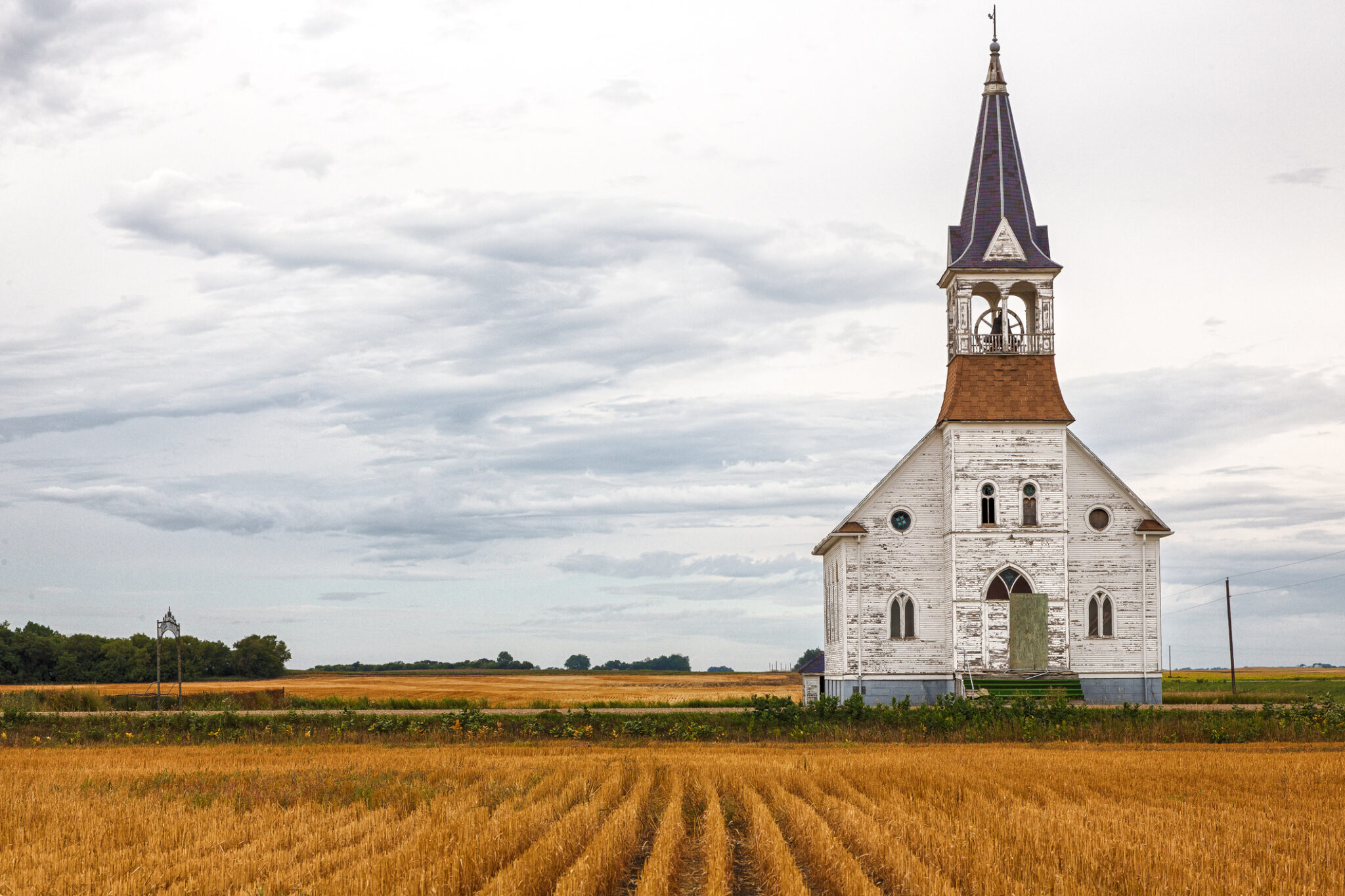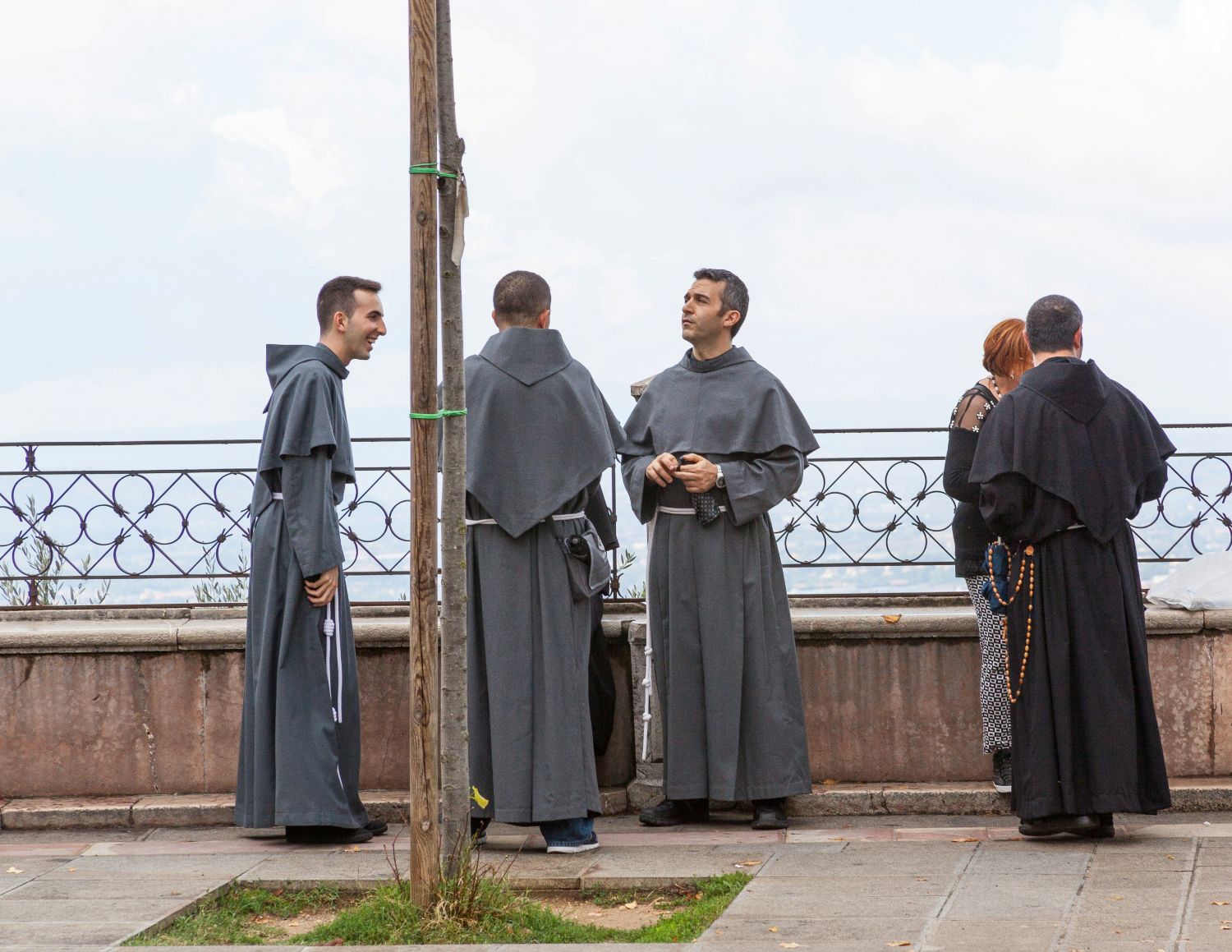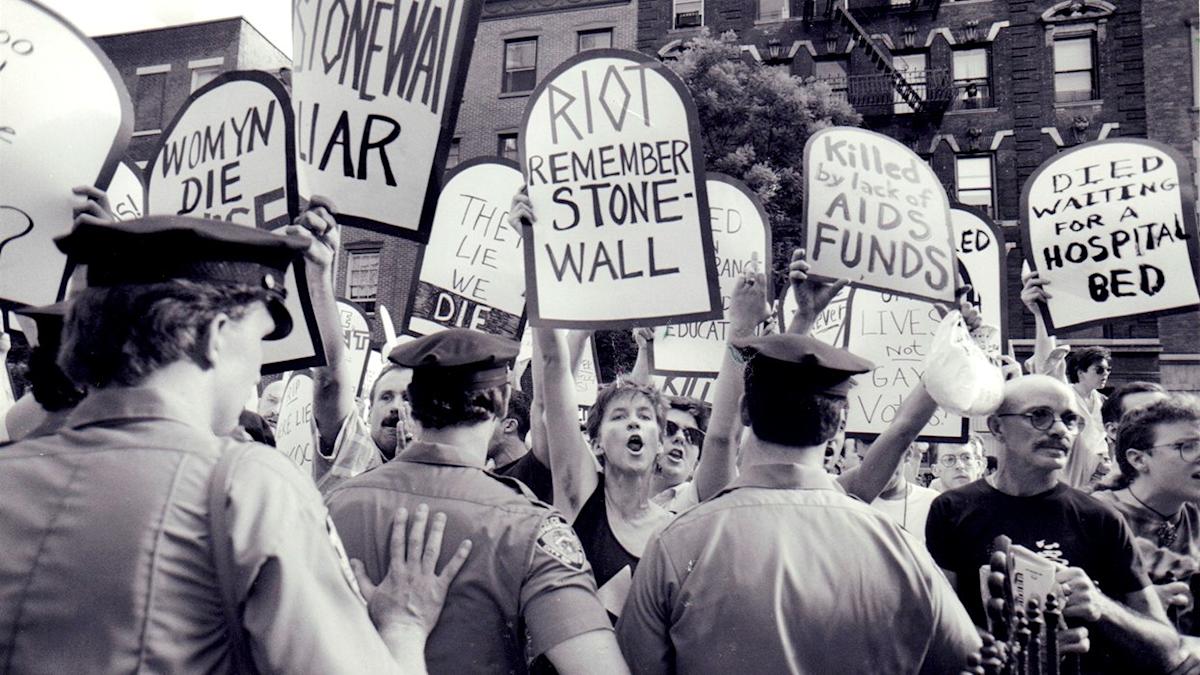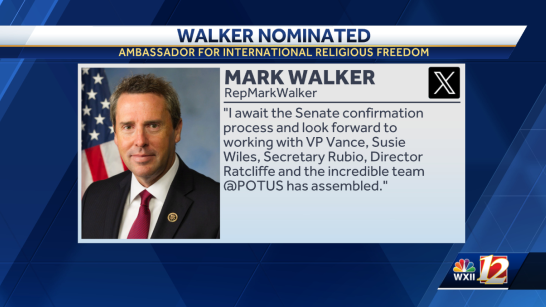Sacred Scroll Reveals Landmark Religious Liberty Moment in Empire State Exhibit
Religion
2025-04-10 16:00:05Content
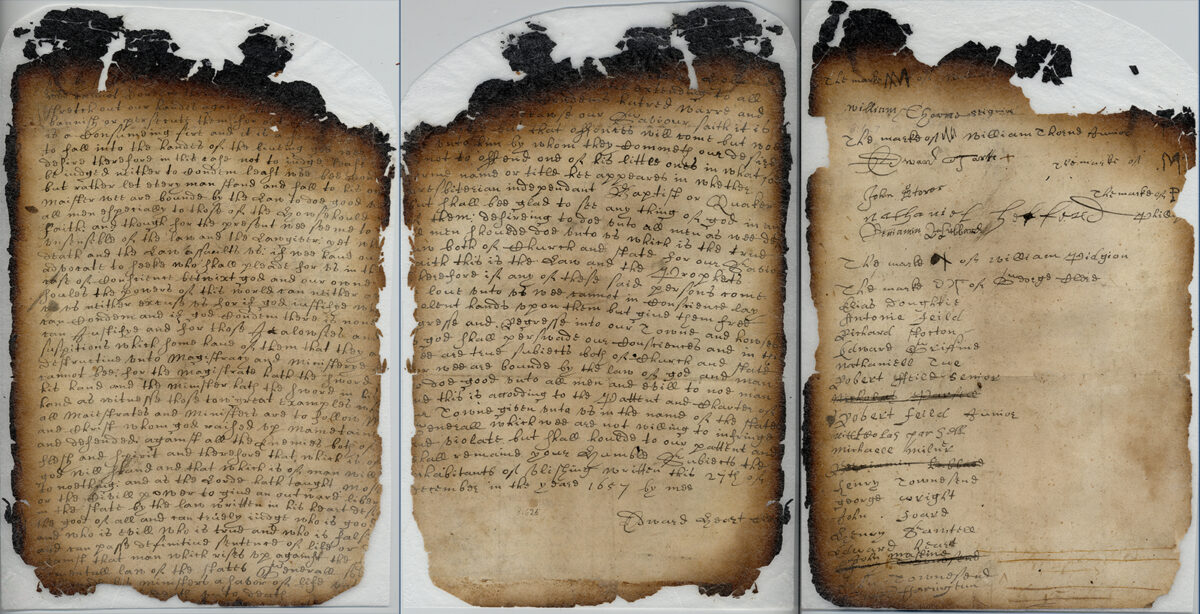
A pivotal document in America's long journey toward religious freedom is set to captivate history enthusiasts at the New York Public Library. The Flushing Remonstrance, a groundbreaking petition signed by 30 courageous settlers in 1657, stands as a powerful testament to early resistance against religious persecution.
This remarkable document boldly challenged the oppressive ban on Quaker worship, representing one of the first formal protests against religious intolerance in colonial America. Visitors will have the unique opportunity to view this historic manuscript through April 10, gaining a rare glimpse into a transformative moment in the struggle for religious liberty.
The Flushing Remonstrance not only symbolizes the settlers' commitment to freedom of belief but also serves as a profound precursor to the religious protections later enshrined in the United States Constitution. Its display offers a compelling narrative of moral courage and the enduring human desire for spiritual freedom.
Religious Freedom Unveiled: The Courageous Story of the Flushing Remonstrance
In the annals of American history, few documents capture the essence of religious liberty as powerfully as the Flushing Remonstrance, a groundbreaking testament to human rights and individual freedom that challenged the oppressive religious restrictions of colonial New York.Defying Persecution: A Landmark Moment in Religious Tolerance
The Historical Context of Religious Suppression
The mid-17th century Dutch colonial landscape was a complex tapestry of religious tensions and governmental control. Under the leadership of Director-General Peter Stuyvesant, New Amsterdam (later New York) experienced stringent religious restrictions that particularly targeted Quakers. These peaceful religious practitioners faced severe persecution, with laws explicitly prohibiting their worship and imposing harsh punishments on those who dared to challenge the established religious orthodoxy. The social and political environment was fraught with tension, creating an atmosphere of fear and suppression. Quakers, known for their pacifist beliefs and commitment to individual spiritual experience, found themselves at the center of a profound struggle for religious expression. Their commitment to spiritual freedom would ultimately challenge the very foundations of colonial governance.The Birth of a Revolutionary Document
In December 1657, a group of 30 courageous settlers in Flushing, located on Long Island, crafted a remarkable document that would become a pivotal moment in the fight for religious liberty. The Flushing Remonstrance was not merely a petition but a powerful declaration of principles that challenged the prevailing system of religious intolerance. These settlers, representing diverse backgrounds and religious affiliations, united in their belief that no government should dictate an individual's spiritual practices. Their document was a radical statement of inclusivity, arguing that true community could only be built on mutual respect and freedom of conscience.The Legal and Social Implications
The Remonstrance represented more than a local protest; it was a profound philosophical statement about human rights. By directly confronting Stuyvesant's anti-Quaker ordinances, these settlers risked significant personal and professional consequences. Some faced immediate legal repercussions, including potential imprisonment or expulsion from the colony. Yet, their courage would not be in vain. The principles articulated in the Flushing Remonstrance would later influence the fundamental concepts of religious freedom enshrined in the United States Constitution. It stands as a powerful precursor to the First Amendment's protection of religious expression.Preservation and Modern Significance
Today, this extraordinary document continues to inspire and educate. Its display at the New York Public Library serves as a powerful reminder of the ongoing struggle for religious tolerance and individual rights. Scholars, historians, and civil rights advocates continue to study the Flushing Remonstrance as a critical moment in the evolution of religious freedom. The document's journey from a local protest to a nationally recognized symbol of religious liberty demonstrates the enduring power of principled resistance. It reminds us that fundamental human rights are often secured through the brave actions of ordinary individuals willing to stand against systemic oppression.Legacy and Continuing Relevance
More than three centuries after its creation, the Flushing Remonstrance remains a testament to the human spirit's resilience. It challenges contemporary societies to reflect on the ongoing importance of religious tolerance, mutual respect, and the fundamental right to spiritual self-determination. As visitors view this historic document at the New York Public Library, they are invited to contemplate the profound sacrifices made by those who came before us in the pursuit of freedom. The Flushing Remonstrance is not just a historical artifact; it is a living reminder of the continuous struggle for human rights and individual liberty.RELATED NEWS
Religion

Life's Hidden Compass: Decoding Your Personal Mission in 5 Mind-Blowing Steps
2025-04-10 20:49:00
Religion
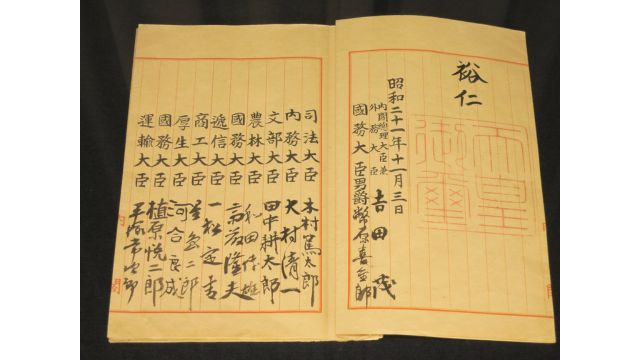
Sacred Trust Shattered: How Japan's Religious Policies Violate Global Human Rights Standards
2025-03-14 01:30:00
